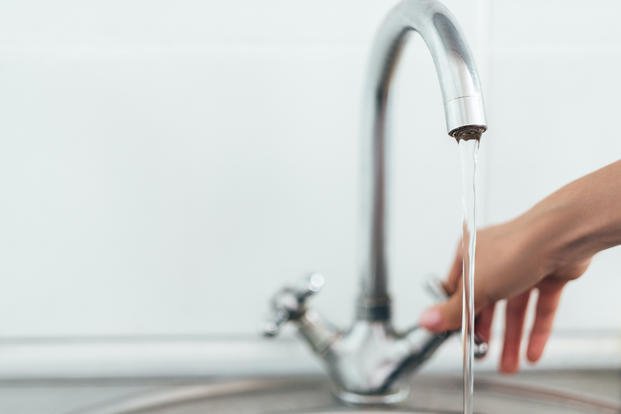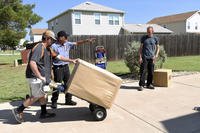When you're in the middle of a stressful PCS move, it's tempting to throw your hands up and grab the first apartment that seems okay. But rushing can leave you stuck in a cramped or poorly maintained space for a year—or longer. A little extra effort now can save you a lot of headaches later.
Before you sign a lease, take the time to inspect your potential new home with these smart tips from ApartmentLiving.com:
Safety First: Make sure there are working smoke detectors, carbon monoxide detectors, and fire extinguishers — not just in the unit, but also in hallways and other shared areas.
Plumbing Check: Look under sinks and around faucets and toilets for signs of leaks, corrosion, or water damage.
Test Water Pressure: Turn on the shower as soon as you arrive and leave it running during your walk-through. See how long it takes to warm up and whether it stays hot consistently.
Ask About Hot Water: Find out whether the unit has its own water heater or shares one with others. Shared systems can mean hot water runs out quickly during peak times.
Consider Your Neighbors: Even a large shared water heater won’t help if your upstairs neighbor takes a daily hourlong shower at 6 a.m. Think about timing and availability.
Inspect Major Systems: Check the furnace and water heater for rust, debris, or signs of leaks. These may point to more serious issues like carbon monoxide risks or inefficient heating.
Appliance Audit: Test all appliances to be sure they work properly. If there's no in-unit laundry, ask to see the shared facility and check that it’s clean, secure, and well-lit.
Check for Pests: Look carefully for evidence of insects or rodents, especially inside cabinets, drawers, and closets.
Feel for Drafts: Run your hand around window frames to detect any cold air sneaking in.
Look Up: Inspect the ceilings for water stains or discoloration. These may signal leaks, careless neighbors, or mold problems.
Wall Watch: Check for cracked paint, peeling wallpaper, or patchy repairs. These may indicate foundational issues or water damage.
Lock Security: All locks should be solid and firmly attached. Wobbly locks are a safety red flag.
Door Durability: Doors — especially exterior ones — should close snugly, have sturdy hinges, and be fitted with deadbolts.
Flip the Switch: Test all lights to ensure they work and don’t flicker, which could suggest electrical issues.
Test the Outlets: Bring a small appliance like a phone charger or clock radio and test outlets throughout the unit to ensure consistent power.
Take Your Time: Don’t rush your inspection. This will be your home, maybe for a year or more. Make sure it feels safe, solid, and comfortable before you sign.
Keep Up-to-Date for Your Next PCS
Get the inside information from those who know. Get PCS help and all the news and benefits information you need delivered straight to your inbox. Subscribe to Military.com now.













